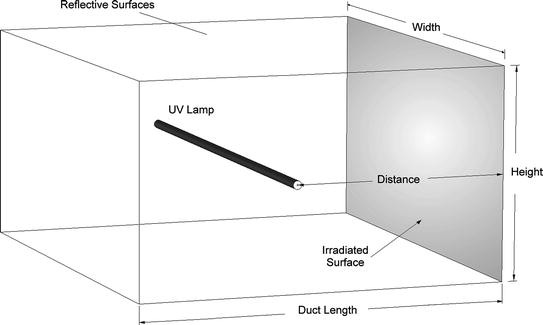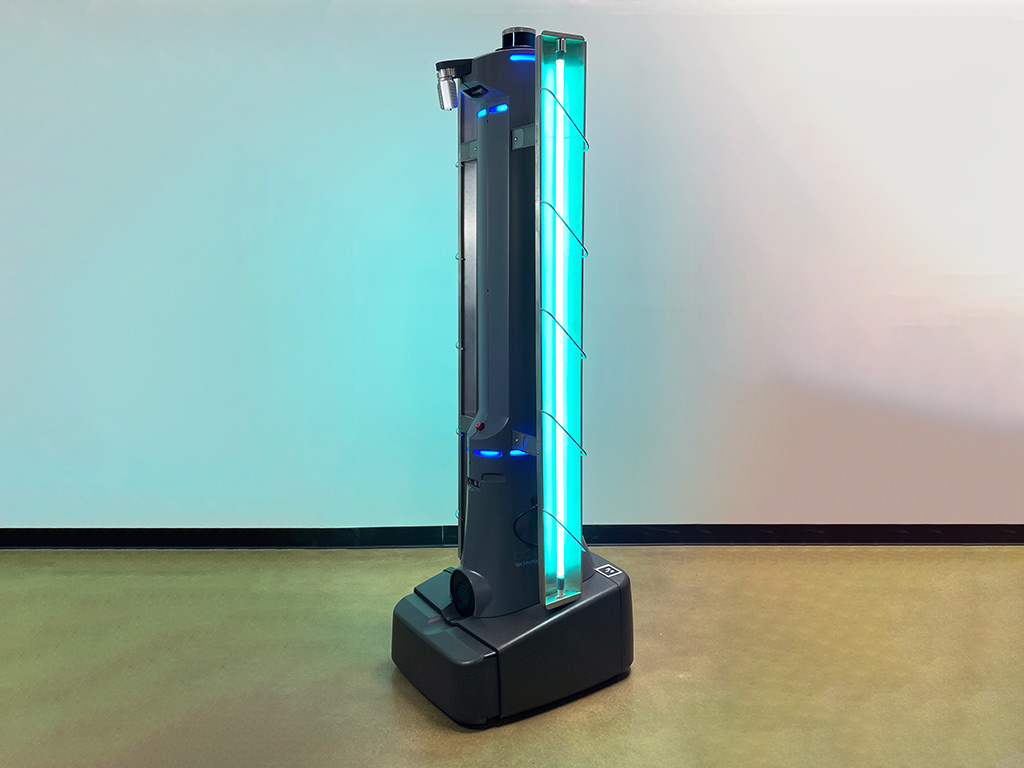Exploring the Perks of Far UVC Light: Transforming Indoor Air Top Quality
Indoor air high quality has always been a problem, but the present international health dilemma has actually brought it right into sharper emphasis. As we browse the challenges of a post-pandemic world, locating cutting-edge solutions to enhance air top quality has actually become vital. One such solution that has acquired interest is Much UVC light. This sophisticated technology has the potential to transform indoor air top quality by effectively neutralizing airborne pathogens without positioning damage to people. Exactly how specifically does Far UVC light job? What are its health benefits? And how can it add to reducing irritants in our living rooms? In this conversation, we will certainly explore the interesting world of Much UVC light and reveal its potential in changing the means we protect our interior environments.
Exactly How Far UVC Light Works
Much UVC light functions by producing short-wavelength ultraviolet light that has the ability to pass through and suspend bacteria. Unlike conventional UV light, which can be hazardous to human skin and eyes, far UVC light has a much shorter wavelength that is taken in by the outer layers of human skin, stopping it from reaching the underlying living cells. This makes it a reliable and risk-free option for continual disinfection in busy areas.
When far UVC light is produced, it connects with the DNA and RNA of microbes, consisting of viruses and microorganisms, interrupting their ability to duplicate and causing them to come to be non-active. The high energy of the short-wavelength light problems the molecular structure of the hereditary material, preventing the bacteria from recreating and spreading out.

In addition, far UVC light can be quickly incorporated right into existing lighting fixtures, making it a cost-effective service for a wide variety of applications, including health care centers, colleges, offices, and public transport. Its capability to continually disinfect occupied areas without posturing a risk to human health makes far UVC light an appealing innovation in the area of indoor air top quality management.
Far UVC Light's Effect on Airborne Pathogens
The effect of far UVC light on air-borne microorganisms is substantial in lowering the transmission of transmittable conditions and improving indoor air quality. Far UVC light refers to a certain variety of ultraviolet light that has a wavelength in between 207 and 222 nanometers. Unlike traditional UVC light, which is dangerous to human skin and eyes, much UVC light has actually been found to be safe for humans while still working against pathogens.
Researches have actually revealed that much UVC light has the capability to inactivate a wide variety of airborne viruses, including the flu infection and the coronavirus (far-uvc). These microorganisms are transferred through respiratory system beads, and by utilizing far UVC light, it is possible to reduce their viability and stop their spread
Among the essential advantages of making use of much UVC light is its capability to reach all locations of an area. Unlike other disinfection approaches that might have limited reach, much UVC light can be mounted in above lighting components, making sure that the entire room is dealt with. This makes it particularly effective in jampacked areas such as medical facilities, colleges, and mass transit.
Moreover, far UVC light can be utilized constantly without presenting a risk to human wellness. It can be carried out as part of a detailed technique to boost indoor air quality by minimizing the concentration of air-borne pathogens. By integrating far UVC light right into existing ventilation systems, it is feasible to create more secure and healthier interior environments.
Health And Wellness Benefits of Far UVC Light
Using much UVC light offers countless health and wellness advantages, making it a useful device in promoting public health and wellness and safety. Far UVC light has actually been found to successfully eliminate airborne virus, such as infections and bacteria, without hurting human skin or eyes. This makes it an ideal service for decontaminating interior environments and lowering the risk of infections.
Among the vital health benefits of far UVC light is its capacity to combat the spread of airborne illness. Researches have actually shown that much UVC light can properly inactivate viruses like influenza and consumption. By mounting much UVC lights in public spaces, such as health centers, workplaces, and schools, the transmission of these conditions can be significantly reduced.
Furthermore, far UVC light has been located to be secure for continual direct exposure, as it does not create skin damages or boost the danger of skin cancer. This is due to the fact that far UVC light has a minimal series of infiltration in human skin, preventing any kind of injury to deeper layers.
Along with its direct impact on air-borne virus, much UVC light can additionally have indirect wellness advantages. By minimizing the existence of damaging bacteria in the air, it can boost indoor air quality, resulting in a decrease in respiratory signs and symptoms and allergic reactions.
Much UVC Light's Function in Reducing Irritants

Much UVC light, with its wavelength in the range of 207 to 222 nanometers, has actually been shown visit our website to be reliable in inactivating fungis, bacteria, and viruses. Current studies have actually also revealed that it can effectively minimize the visibility of allergens in interior rooms. When far UVC light is emitted, it engages with the DNA and RNA of microbes, damaging their hereditary product and avoiding their duplication.
Far UVC Light's Prospective in Public Spaces
With its tried and tested effectiveness in minimizing irritants and inactivating bacteria, much UVC light holds fantastic prospective for application in public rooms. Public rooms, such as medical facilities, workplaces, institutions, and airports, are typically crowded and vulnerable to the spread of air-borne conditions. Incorporating much UVC light technology in these areas can considerably improve interior air high quality and minimize the transmission of unsafe virus.
One encouraging application of much UVC light in public rooms remains in air flow systems - far-uvc. By mounting much UVC lights in heating and cooling systems, the innovation can sanitize the air as it distributes, efficiently decreasing the concentration of airborne infections and microorganisms. This strategy can aid stop the spread of illness such as tuberculosis, influenza, and covid-19, promoting a healthier and more secure setting for owners
Additionally, much UVC light can be used in the sanitation of often touched surfaces. High-touch areas in public rooms, such as doorknobs, handrails, and elevator switches, can harbor a multitude of microorganisms. By tactically placing much UVC lights in these areas, the modern technology can constantly disinfect surface areas, decreasing the risk of contamination and transmission.
Additionally, using much UVC light in public spaces is risk-free for human exposure. Unlike standard UVC light, which can be unsafe to human skin and eyes, far UVC light has been shown to be non-toxic and risk-free for continual procedure in busy spaces. This makes it an optimal option for boosting interior air top quality without posturing any health risks to people.
Conclusion

Much UVC light works by emitting short-wavelength ultraviolet light that has the capability to penetrate and suspend microorganisms. Unlike standard UV light, which can be hazardous to human skin and eyes, far UVC light has a much shorter wavelength that is taken in by the external layers of human skin, preventing it from getting to the underlying living cells. Much UVC light refers to a certain range of ultraviolet light that has a wavelength in between 207 and 222 nanometers. Unlike standard UVC light, which is damaging to human skin and eyes, much UVC light has been located to be safe for human beings while still being effective versus microorganisms.
Unlike standard UVC light, which can be hazardous to human skin and eyes, much UVC light has actually been shown to be safe and safe for continual operation in busy rooms.
Comments on “Far-UVC Technology Unleashed: Transforming UV Sanitizers for Maximum Effectiveness”